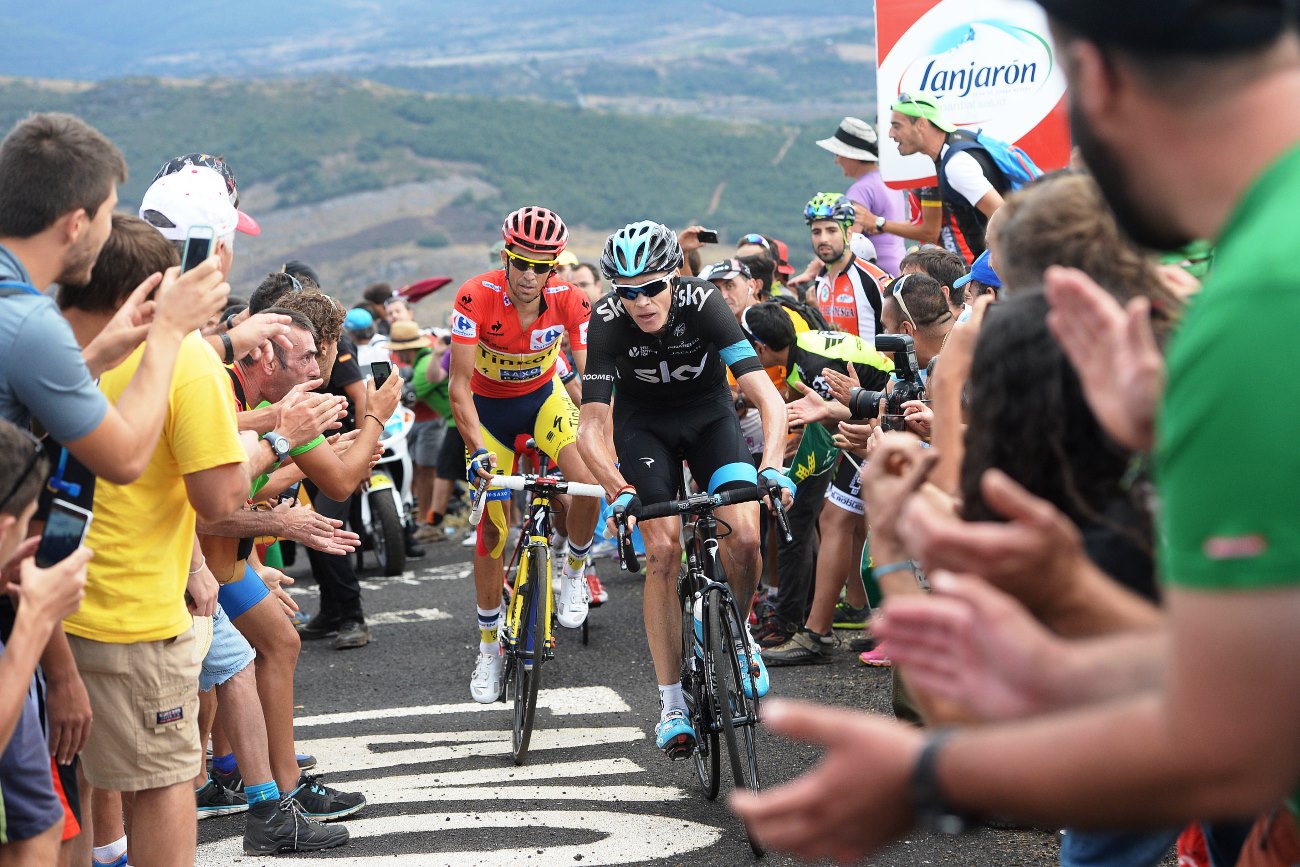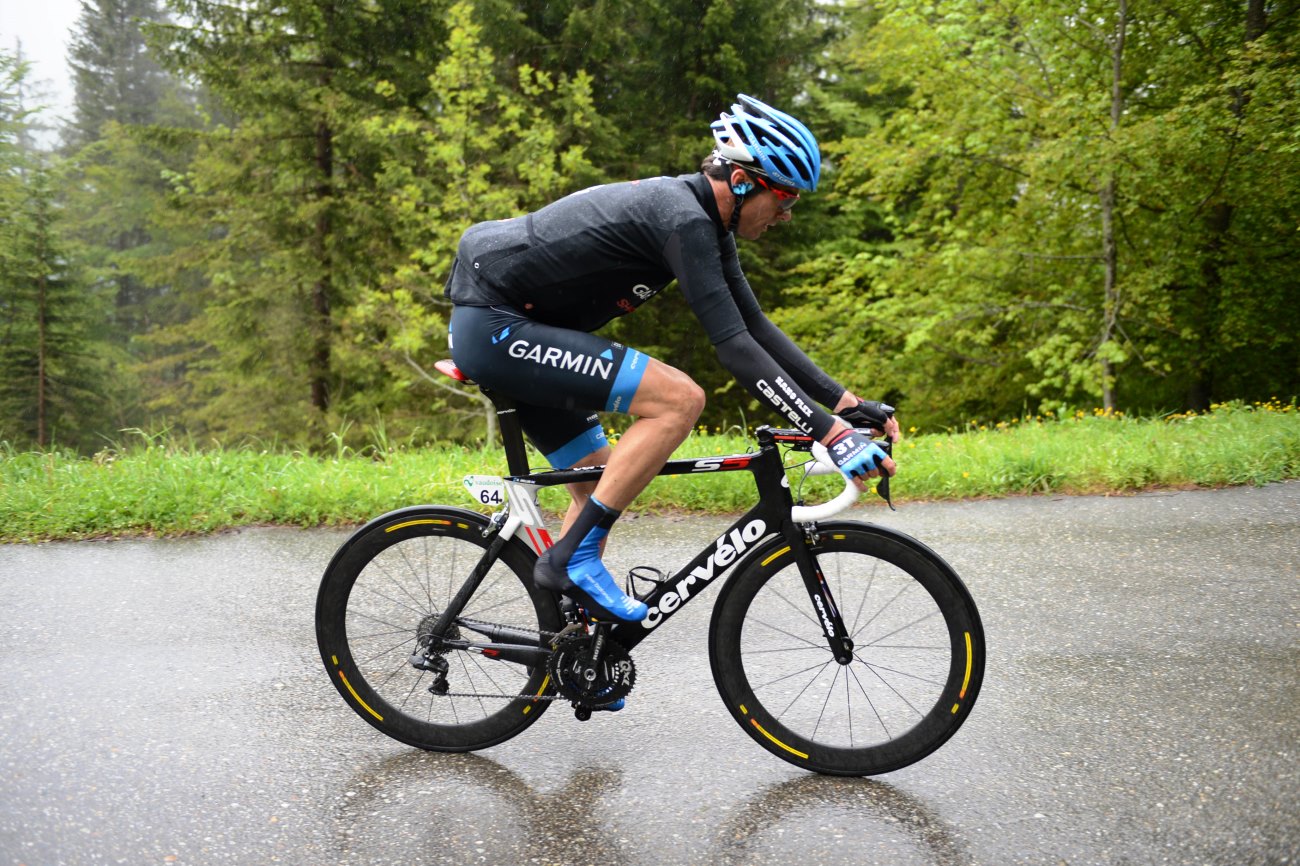1. What is power to weight ratio?
-

Hill reps are an effective way to improve your climbing prowess
-

While professional cyclists are secretive about their power to weight figures, Chris Froome and Alberto Contador will both be over 6w/kg (Pic: Sirotti)
-

While Tony Martin is no certainly slouch going uphill, his build and physiology are best-suited to the demands of a time trial, where power is more important in relation to aerodynamics (Pic@ Tim de Waele/Etixx-QuickStep)
-

Having reach his physiological potential, Bradley Wiggins improved his climbing ability by losing weight, rather than necessarily focusing on increasing his power (Pic: Sirotti)
-

Peter Cossins' looks at 'cycling's greatest climb' in Alpe d'Huez (pic: Media-24)
-

No matter how good your kit is, you can't escape the suffering that comes from riding uphill in the heat (Pic: Strava)
1. What is power to weight ratio?
Power to weight ratio is the single most important factor when climbing.
Put simply, your power to weight ratio is how many watts you can produce divided by how much you weigh. The more watts you can sustain and the less you weigh, the faster you will be able go uphill.
[series align=”left”]
A lot of bike races are won or lost when the road heads uphill and so power to weight ratio is a key calculation in the pro ranks, but the principle is also important if you want to improve your climbing ability, or you’re targeting a mountainous sportive with long climbs.
When climbing the major factor that stops us from riding quicker is gravity, so the more you weigh (or, more accurately, the greater your mass in kilogrammes), the greater the effect of gravity and, therefore, the more difficult it is to get to the top of a climb. Therefore, when climbing, the lighter you are, the better, and, as with any aspect of cycling, the more power you can put out, the better.
With that in mind, power to weight ratio is simply a way of quantifying how much power you can put out in relation to how heavy you are. Power to weight is measured in w/kg and this gives a rough idea of your climbing ability.
Power to weight ratio is also a useful figure to compare riders. For example, we couldn’t expect a 65kg climber to put out the same sprint power as 80kg sprinter, but what would happen if the two went up against each other on a climb? The respective power to weight ratios of the two riders would give us a good idea to what might happen. If the climber can put out 350 watts over the course of they climb then their power to weight ratio is 6.1w/kg, whereas the sprinter can produce 440 watts but has a lower power to weight ratio of 5.5w/kg.
But what do those figures mean? Let’s take a closer look at some typical power to weight measurements.





